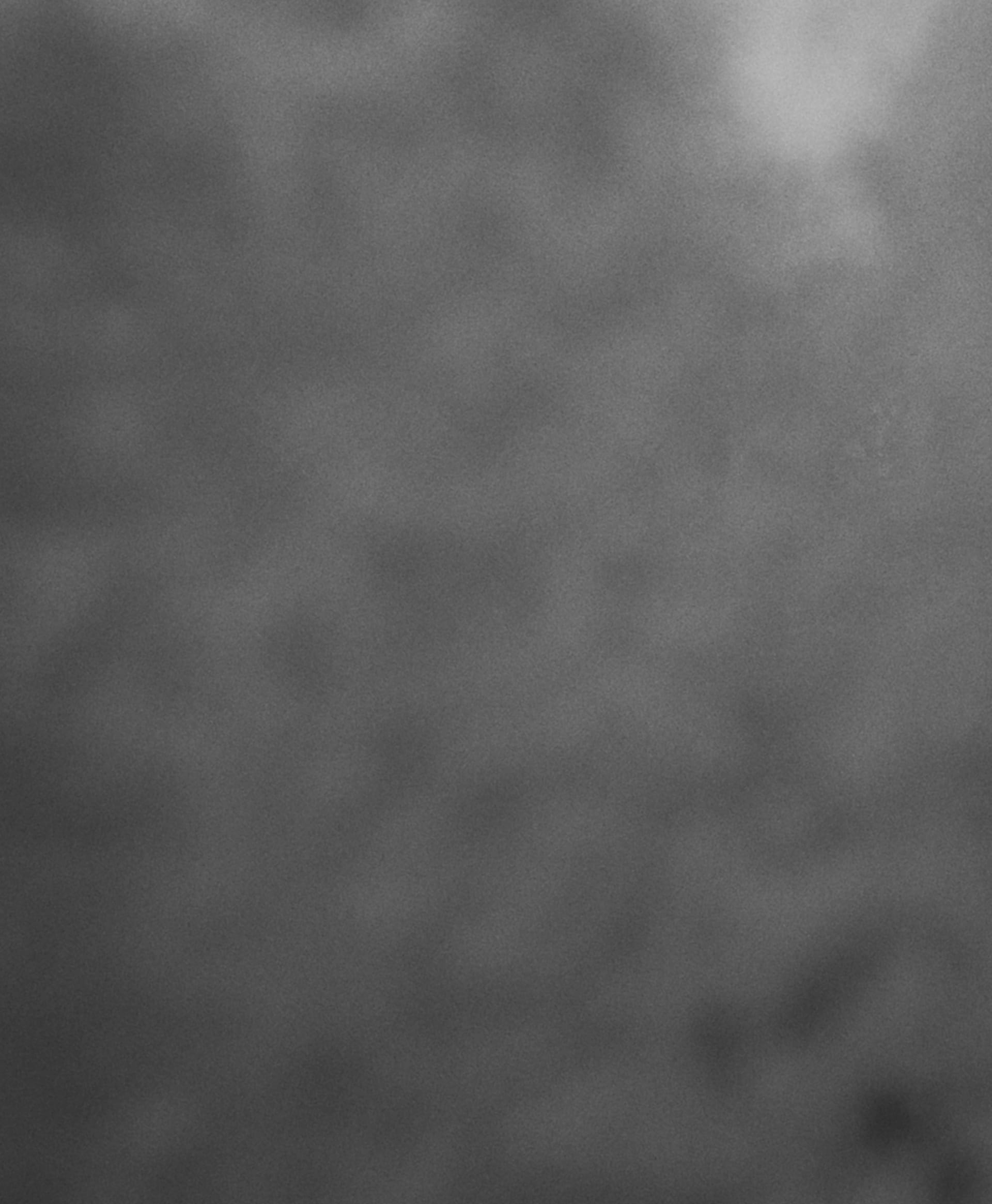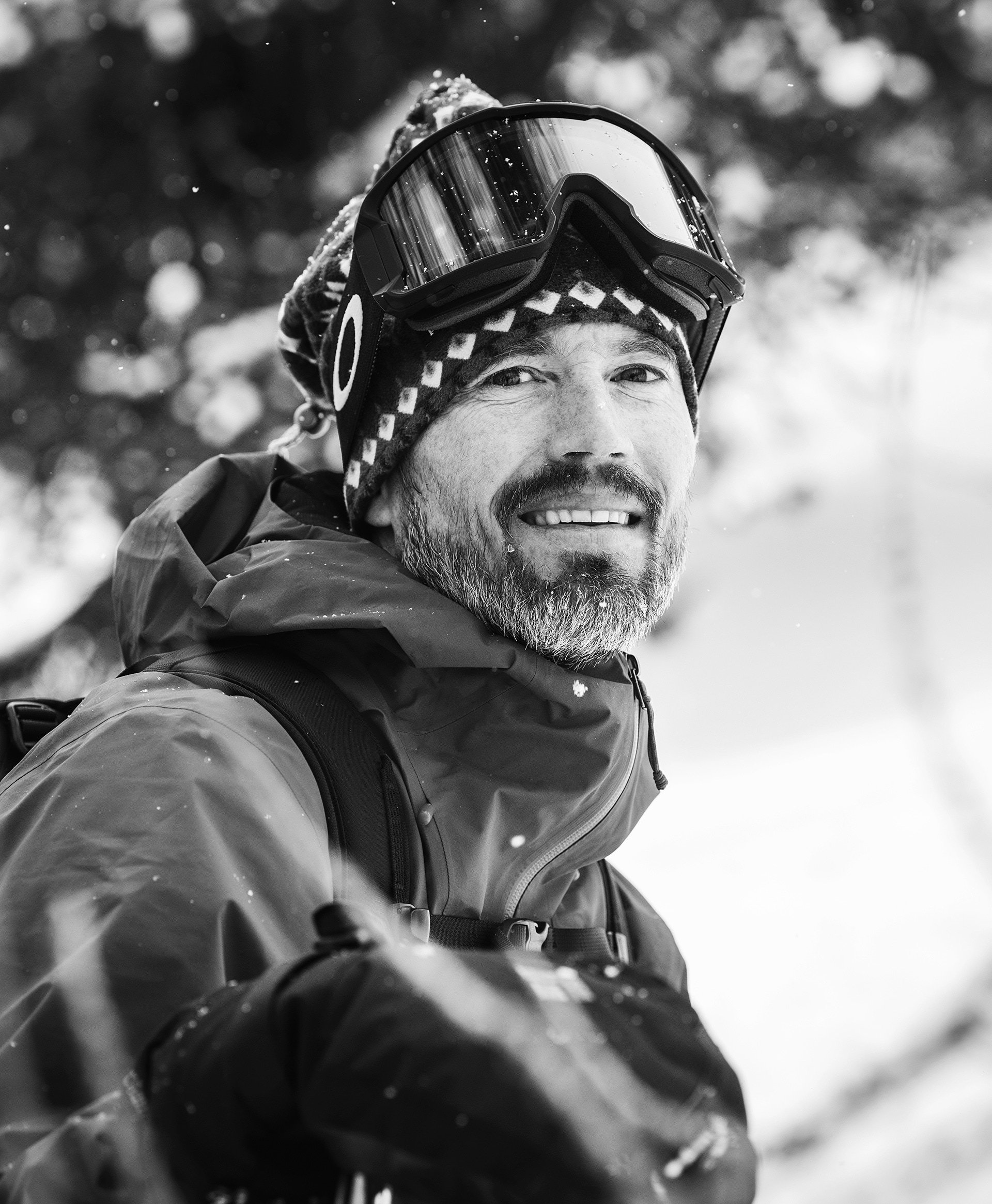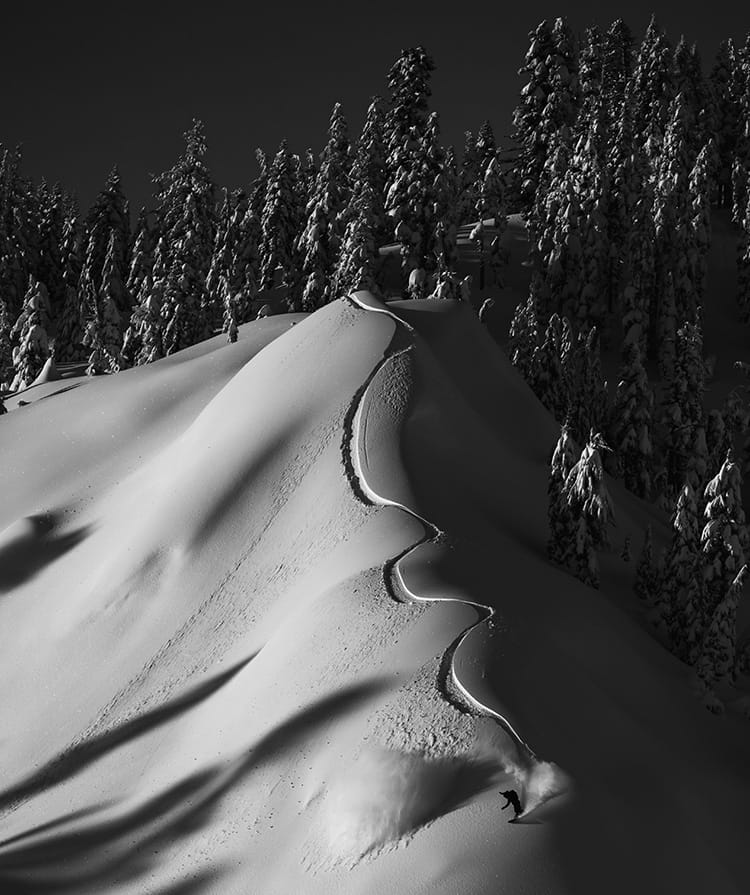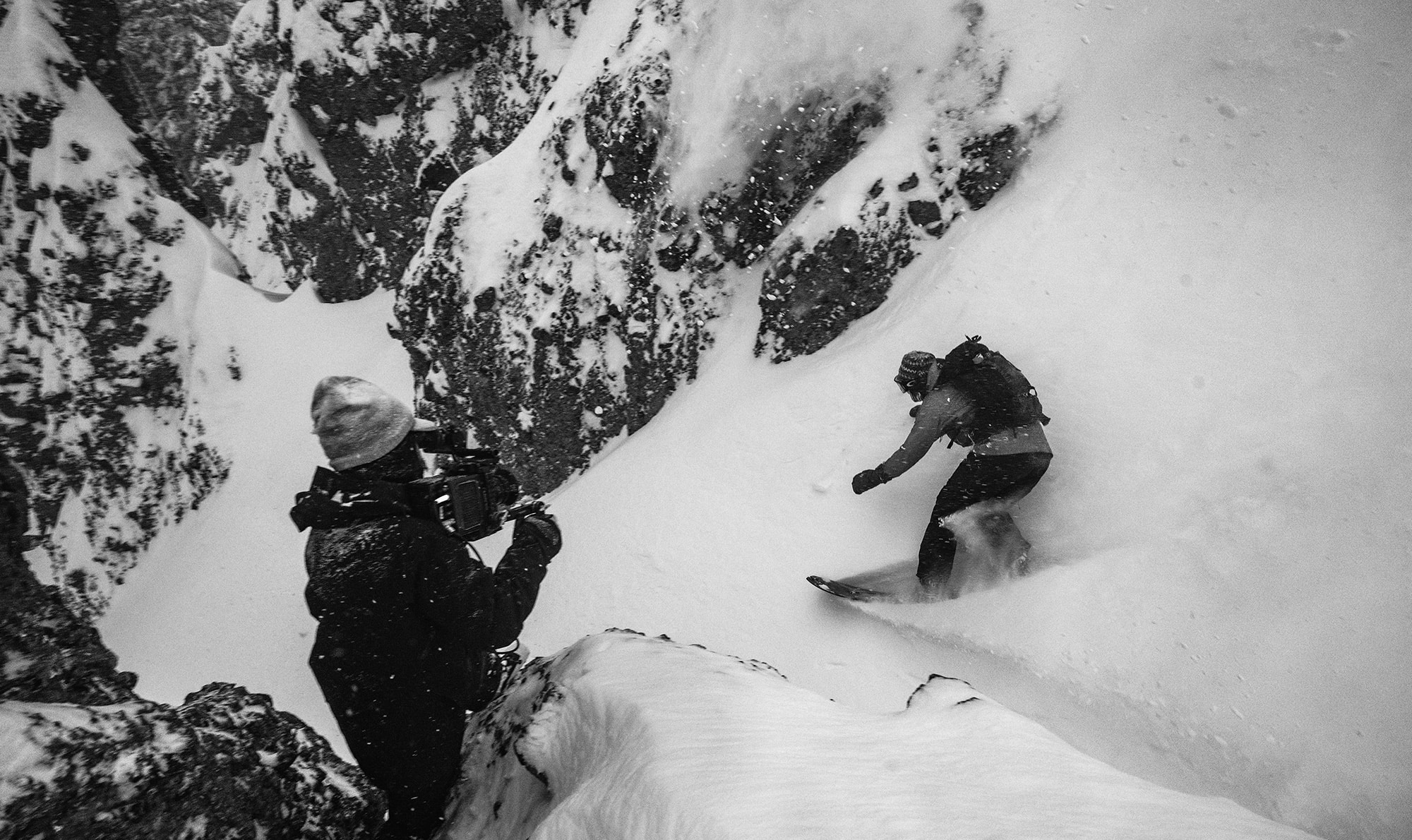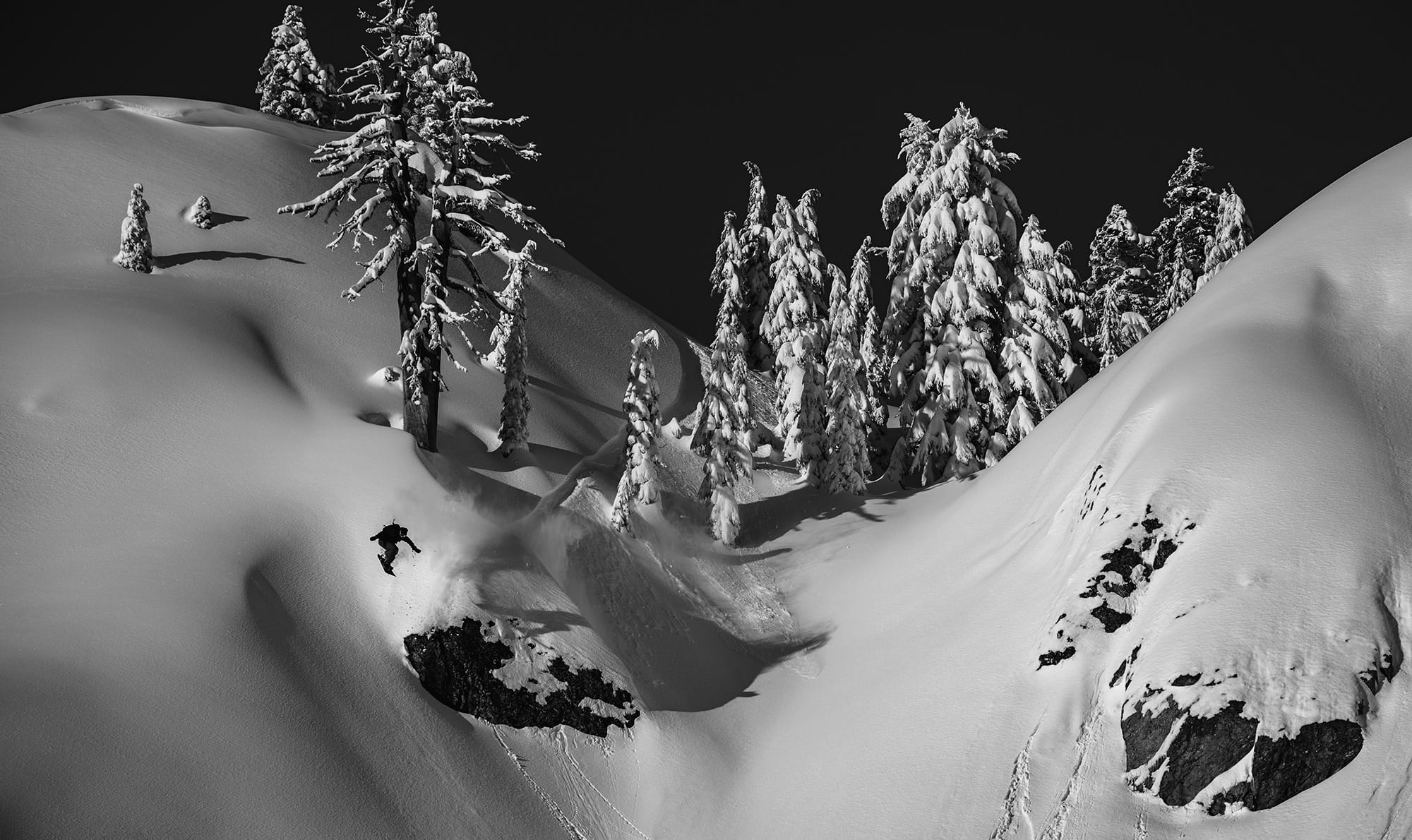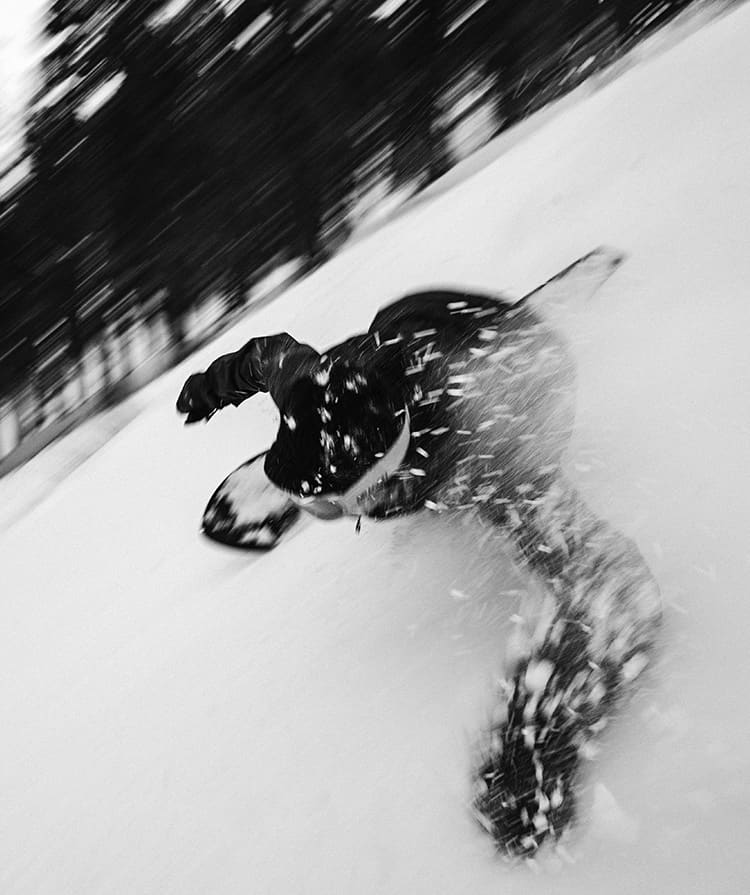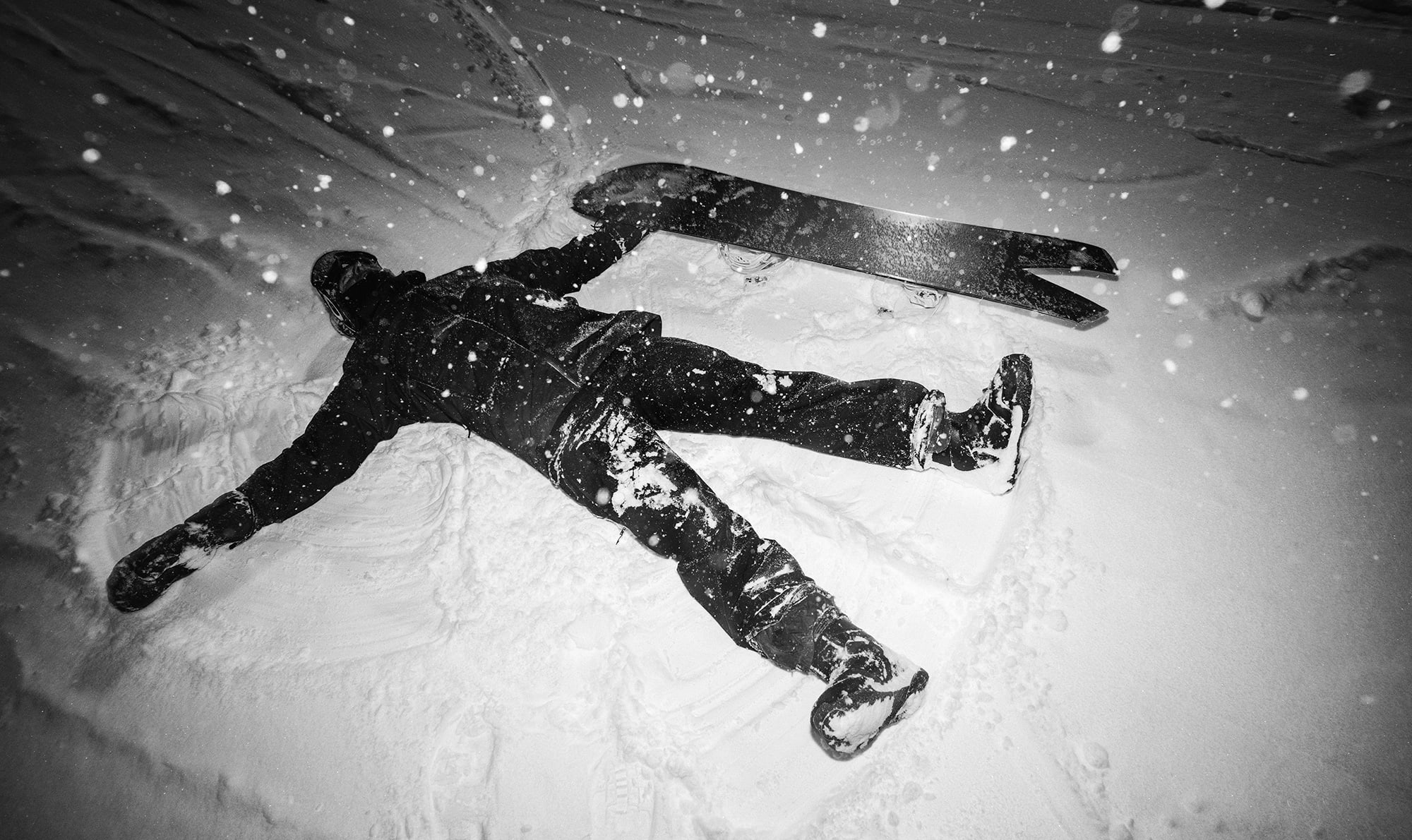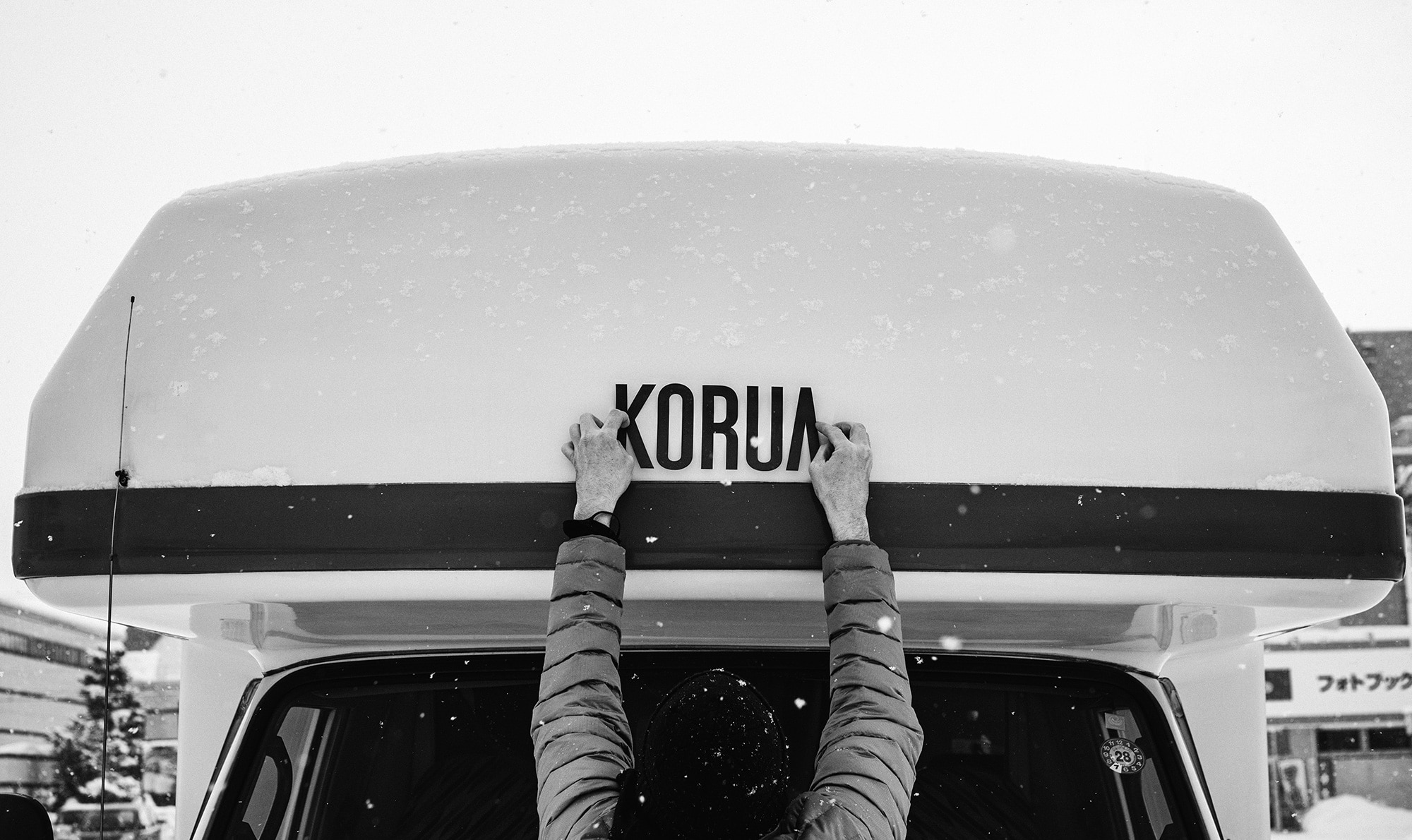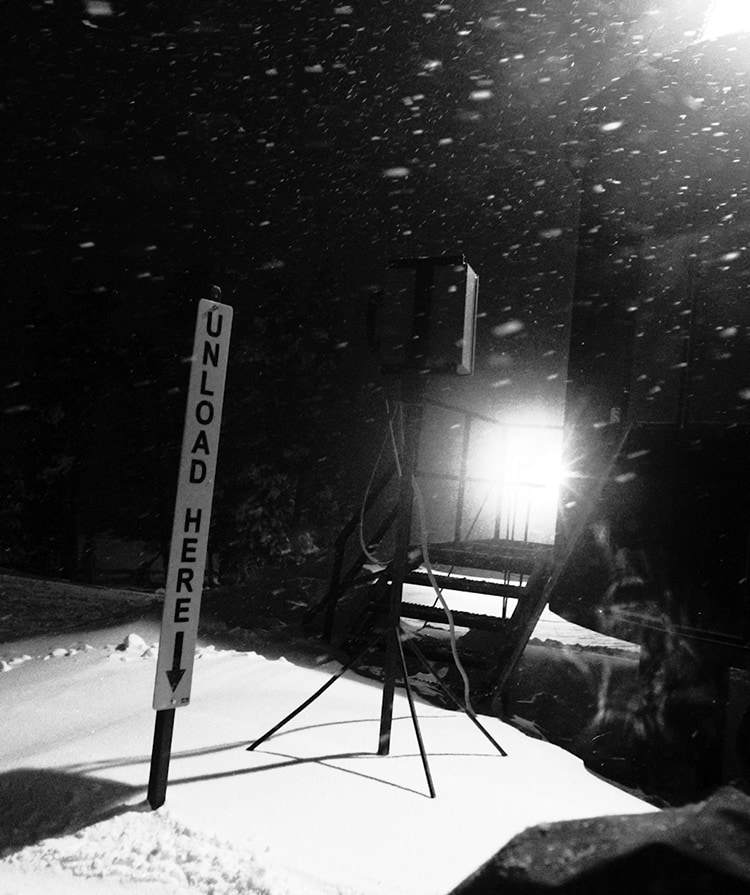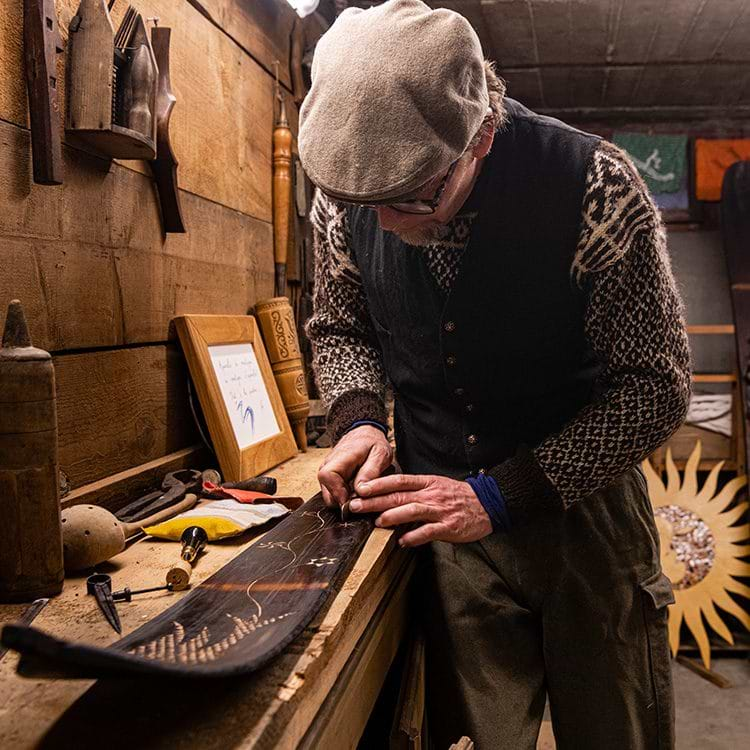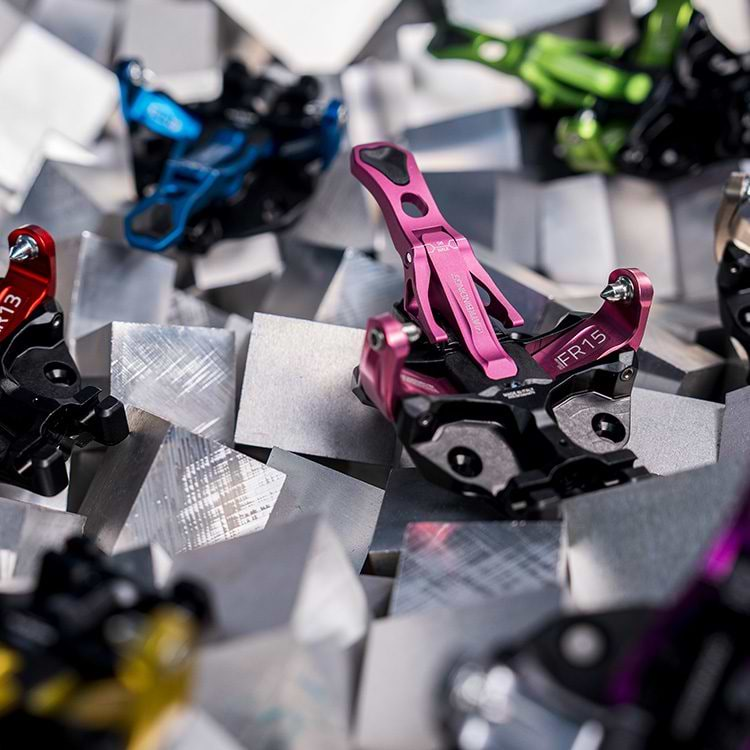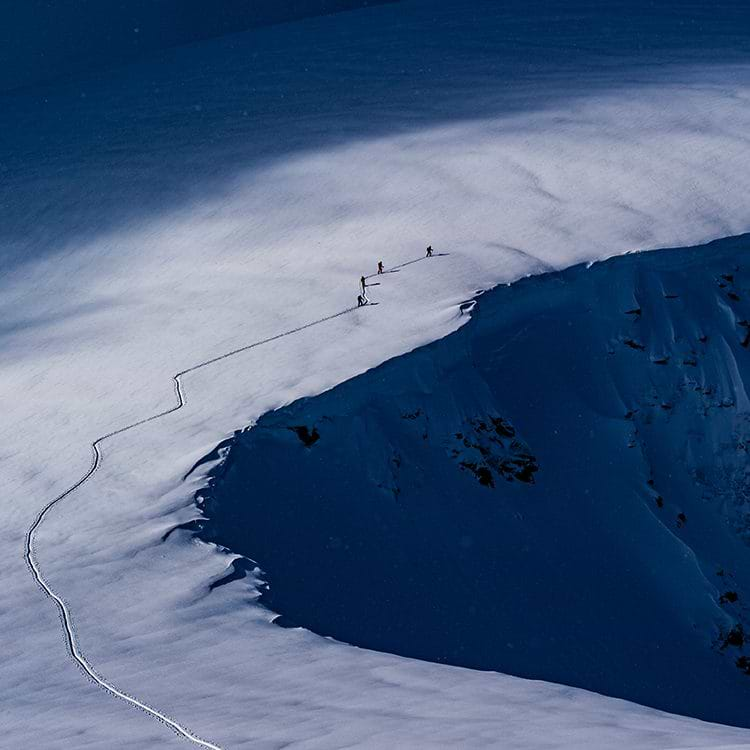A remote beach in Oceania might seem like an unlikely place for snowboarding research. Nevertheless, for Korua Shapes co-founder Nicholas Wolken, inspiration can come just as easily from the water as from his home in the Swiss Alps.
– Nicholas Wolken, co-founder Korua Shapes
Wolken and Stephen Mauer established Korua after a transformative trip to Japan in 2013, where they explored the country’s core snow-surf culture. There, locals surfed powder on fishtail boards with a simple, surf-inspired style that revitalized Wolken, especially as he and his friends were feeling burnt out from snowboarding’s focus on complex tricks and big jumps. They then returned to Europe to develop surf-inspired snowboard shapes, aiming to provide unique carving experiences.
– Nicholas Wolken, co-founder Korua Shapes
The brand’s name was inspired by an aesthetic sound that evokes the idea of “a lonely island with some surf,” as Wolken recalls, and over a dozen years of remarkable growth, spontaneous trips to snow and surf destinations that align with their name have continued to influence the brand’s design while inspiring parallels in Korua’s visual storytelling, including their serial Yearning for Turning flagship film series.
There’s an exploratory aspect to visiting a place, spending time there, and immersing ourselves in it,” Aaron Schwartz, Korua’s creative director and in-house photographer, explains. “Spending a month, [we] explore the resorts and backcountry, as well as the towns and surrounding areas—everything that contributes to the visual story of a trip aside from snowboarding—and ensure that it’s clear where [the film] was made.”
Past trips to Europe, North America, and Japan have resulted in a variety of unique short films, including Neon Noir and Mochi Yuki. But showing up and engaging with the local community isn’t just a marketing or film tactic; it’s essential to how Korua envisions new styles. While Wolken will film riding and surfing in Australia this fall, he’s even more interested in the ideas the brand could gain from the country’s vibrant culture.
“I think it’s important to get out there and experience trips, people, and relationships,” Wolken says. “Just meet up with some [surfboard] shapers, immerse yourself in surf culture in Australia, explore alternative shapes— inspiration often comes from strange places.” Wolken is especially eager to explore subcultures like mat surfing (something he has tried on snow with some success) and knee-boarding.
Although his current fascination probably won’t result in Korua’s first inflatable snow mat, the snowboard maker encourages curiosity with a series of shapes called The Concept Line, dedicated to exploring unconventional ideas.
No example of the exploratory concept line could be more on-the-nose, so to speak, than Korua’s Noserider. Inspired by the hanging 10 and unrestricted creative stances of surfing, the board features an insert track that allows for the option to move bindings while actively riding. The goal was to create a board that offers the potential for entirely new riding experiences, including tail riding, nose riding, and everything in between. The brand requires customers to sign a liability waiver when purchasing a Noserider, as movable bindings carry inherent risks; however, success in the concept line isn’t measured in sales, but rather in innovation.
“I believe that if you don’t try and fail and give yourself permission to do so, it’s hard to make progress,” explains Wolken. “In the Classic line, we know what we’re doing, we have experience with the numbers, materials, and build—it’s tested and proven. The Concept line is where we’re like, this board might be crazy, or it might only be good for that one thing, but we’re still going there to see where it takes us.”
The intersection of new shapes, terrains, and cultures keeps the brand’s image fresh, despite its consistent top sheets and established aesthetic. The concept line encourages riders and designers to think creatively; at the same time, it challenges Schwartz and Korua’s cinematographers to tell the shape’s story within Korua’s monochromatic visual style.
“It’s a lot of free thinking and trial and error,” says Schwartz of the creative process. “Very rarely is there a shot list or strategy or well-thought-out plan. So, I think there’s a bit of a parallel [to the concept line]—you have to try and play to come up with new ideas.”
Korua’s experimental approach to both its boards and films not only sustains the company but also supports the people behind the brand. Wolken, who works in psychotherapy when he’s not riding and surfing, believes that maintaining a curious, adaptable mindset is essential to avoiding burnout and fostering creativity.
If you’re relying solely on one thing to define your identity, it can sometimes create pressure on yourself or your work, says Wolken.
“When you have something else on the side, it frees things up and it just feels better, lighter, and the creativity flows more easily. When you don’t think, ‘we have to come up with something now,’ it just happens.”




